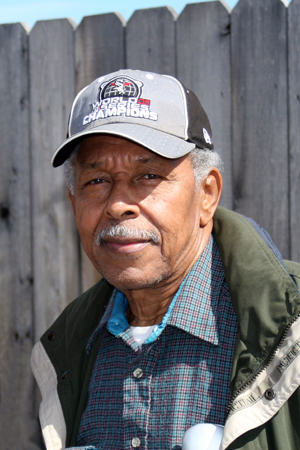|
Lessons of the Fourteenth Amendment - Heller, McDonald and Halbrook
|
||
|
…
In 2009, in the City there were 1,815 aggravated batteries with a firearm, of which 83 were shootings inside a residence, and there were 379 murders with a firearm, of which 34 were murders involving a firearm inside a home…
…Although the State of Illinois has already enacted several laws to regulate the sale and possession of firearms, these laws are not sufficient to protect the City from the unique and heightened risk of firearm violence… …As a consequence of the United States Supreme Court decisions in Heller and McDonald, it is anticipated that gun ownership in many communities, including large urban areas, will increase. To ensure public safety and the welfare of a community, it is essential that local law enforcement agencies be made aware of any gun brought into their jurisdictions…. Note how Chicago documents criminal activity, which is the failure of the Chicago government and police to stop the crime and protect its citizens, but takes no blame for its own failure. Chicago also fails to address obvious questions. If 1,815 aggravated batteries were committed with guns at the same time that private ownership was so severely restricted, then where did all those guns come from? How many assaults were committed using legal registered gun owners? How many crimes would have been avoided if the citizens were allowed to arm themselves? Clearly, by their own data Chicago has documented that gun bans do not work. Criminals do not get gun permits and criminals like unarmed targets. Chicago’s response is not to remove restrictions allowing good citizens to defend themselves. Nor does Chicago seek to improve their governance or hire more police. Instead, the Chicago government condemns the very people it has failed to serve and protect and further their suffering by limiting access to guns to the greatest extent possible. Selectively using biased statistics and blaming the victim are common ploys as discussed in Richard Poe’s Seven Myths of Gun Control . The tour de force on the gun control statistics is John Lott’s More Guns, Less Crime . Lott, an economist and statistician, painstakingly presents the data to support the title of his book and expose many of the statistical manipulations made by those who seek ever stronger gun control and gun bans. One of the better known cases is the dramatic drop in violent crimes and rape following Florida’s concealed carry law. A short hand version of such data and easy to share electronic documents can also be found at . Continue to Part 3 |
||

|
||

Custom Search
|
||
 So viewing recent events through our historical context of the Second Amendment, there are some striking problems with the public discussion of the
District of Columbia V. Heller
and the
McDonald V. Chicago
cases. First is the misrepresentation that the Supreme Court expanded gun rights – they did not. The Court merely confirmed the innate rights of liberty including the right of self defense as documented in the Constitution.
So viewing recent events through our historical context of the Second Amendment, there are some striking problems with the public discussion of the
District of Columbia V. Heller
and the
McDonald V. Chicago
cases. First is the misrepresentation that the Supreme Court expanded gun rights – they did not. The Court merely confirmed the innate rights of liberty including the right of self defense as documented in the Constitution.
